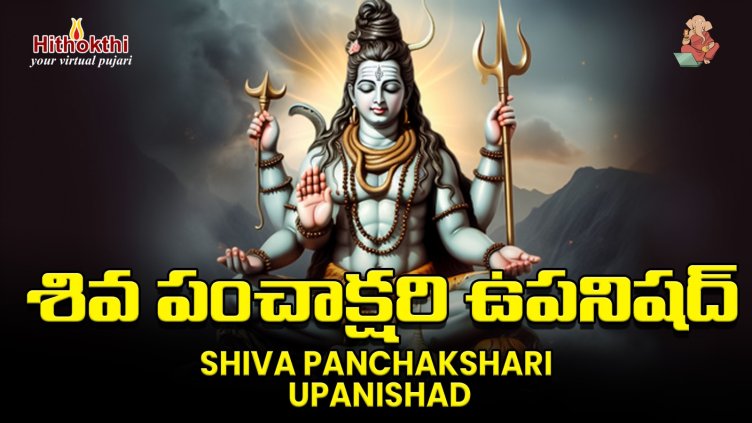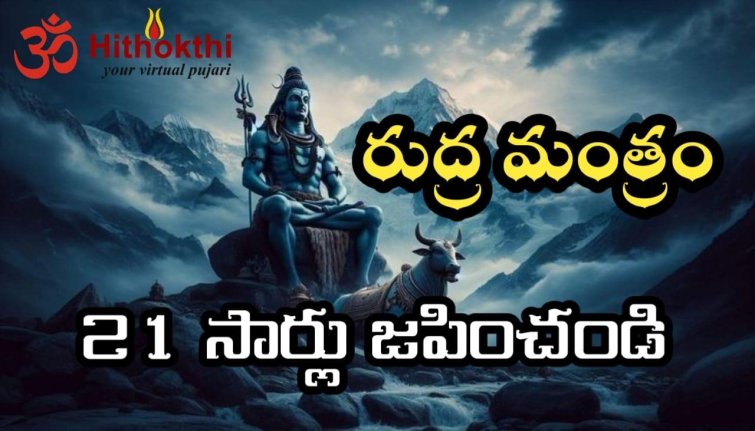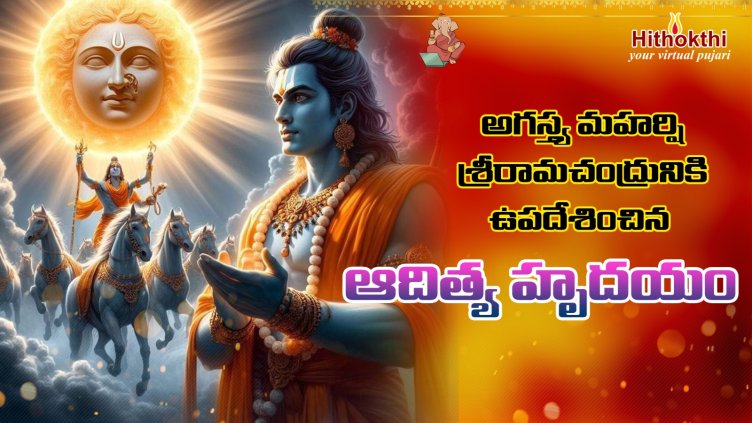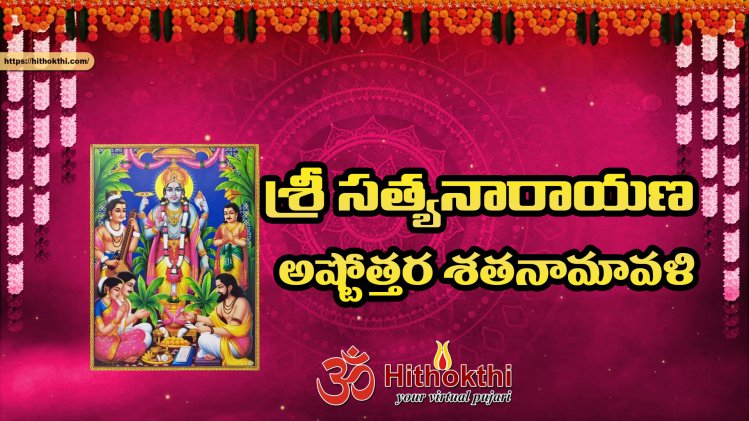Navaratri Diet

Thiruvananthapuram, October 12, 2013: What else can you name the nine-night combat that resulted in the triumph of good over evil, but Navratri. Though Navratri is not a festival widely celebrated in Kerala, with its share of North Indian and Tamil crowd, the city has been witnessing the zest and zeal of the festivities for many years now.
The cultural disparity between each state is evident from the celebrations of Navratri. While people from South start the festivities with ‘Bommakkolu’ (an arrangement of various Hindu gods arranged in a striking manner) and subtle poojas, those from North would like to groove with garba and dandiya with their rituals and fasting. During the nine nights and ten days of Navratri festival, the believers are expected to stay vegetarian. Onion and garlic are a big no no.
“We have to offer food, flowers and poojas to Goddess Durga during the nine-day fest. Since we cannot use anything that is grown underground like onion, potatoes or carrots we make ‘Sundal’ of pulses such as chickpeas, green grams and brown peas,” says Rajalakshmi, a Tamil Brahmin settled in the city.
Sundal is made with pressure cooked chickpeas, that has been kept in water overnight.
Pop mustard seeds in coconut oil. Add urad dal, pieces of red chillies and curry leaves to the oil. Wait till the urad dal turns a golden brown colour to stir in drained chickpeas on to the mix. Add grated coconut and salt for taste. Mix well on medium flame for 3-4 minutes. Your Sundal is ready to serve.
For Bengalis, Navratri (Durgapuja for them) is a bigger and colourful affair. Durgapuja celebrations last for four days instead of nine. Trivandrum Bengali Association has been observing special Durgapuja celebrations for the past few years in the city. Mahamaya, a member of the association says, “During Durgapuja, we Bengalis in the city prefer to have our meals together. Hence, all of us attend morning, afternoon and evening poojas at the festival venue. Bengali rice and curry are cherished everywhere hence we keep rice and potato curries, sweets such as tomato chutney and Sandesh are made for the visitors to savour. There is also a food festival kept for the occasion named ‘Anandmela’.”
Sandesh can be made at home with easily available ingredients. Add lemon juice to the boiling milk and stir till the milk curdles. Pour cold water to the strained mix (chhenna) for it to refresh. All moisture has to be drained out from the chhenna mix by using a cloth. Knead the chhenna until it becomes soft. Add caster sugar and cardamom to the mix and knead again. Cook the dough on a non-stick pan for eight minutes. Divide the heated mix into twelve portions. Make balls of each piece with your hand and put a dent on the centre of each to place a pistachio. Sandesh or Shondesh is ready to serve.
Lakshmi, who keeps the rituals intact every ‘Navratri’ says, “Betel leaves, areca nut, sundan and some goodies such as mirrors and combs, offered to the goddess before the bommakolu will be distributed among the ladies and kids from the neighbourhood. On one of the nine days we might make Unniyappam or meduvadai. Aval made in tamarind or jaggery is another specialty.”
The only festival Konkini Brahmins ardently celebrate is Aavani avittom, hence for them Navratri is not that important. However, many in the city celebrate it following in line with the others. “Our festival foods start and end with aval (rice flakes). So we make aval with jaggery, sesame seeds, cardamom and grated coconut during Navratri as well,” says Anju, a Konkini Brahmin from the city.
But Sindhis and Gujarathis do not have any delicacies on offer during Navratri. They stick to tradition by following the rituals and staying away from non-vegetarian.
Divya, a Rajasthani Sindhi from the city says, “We do not have any specific Navratri dish to name, but one thing we make sure is to not to use onions or garlic in our food.”
Shrenik J Shah, president of Gujarati Mahajan also couldn’t name a particular dish that is prepared during the Navratri festival.
Source: The New Indian Express, October 12, 2013







